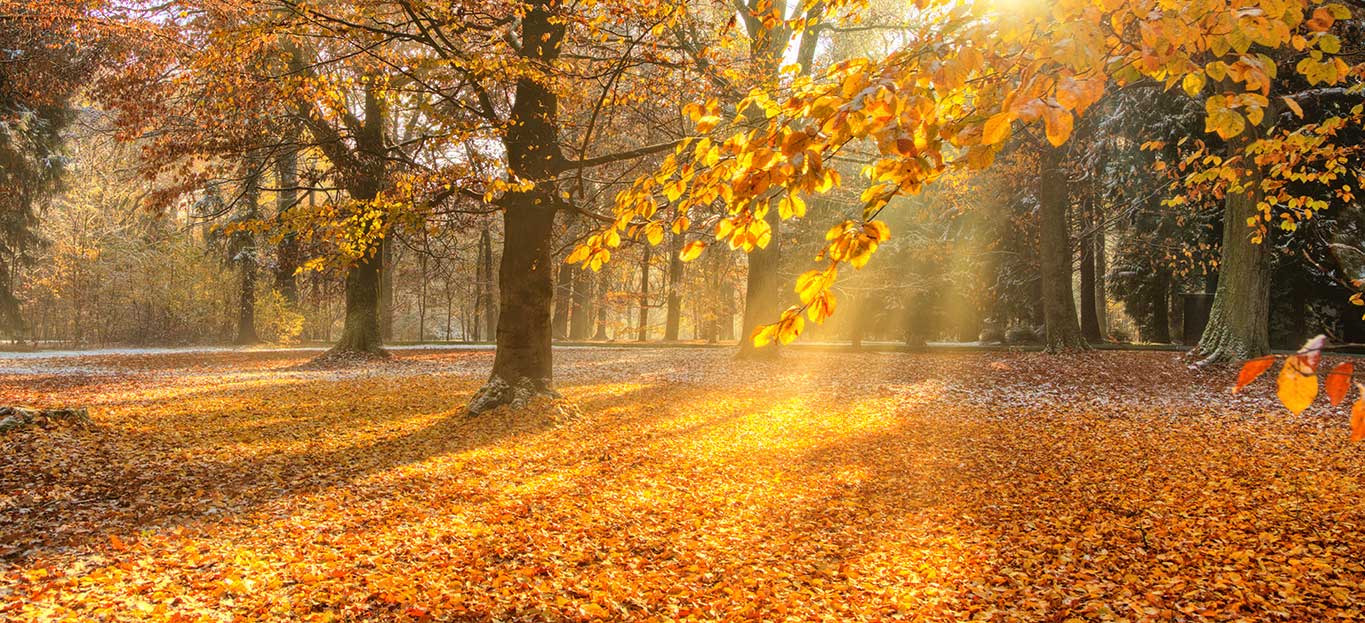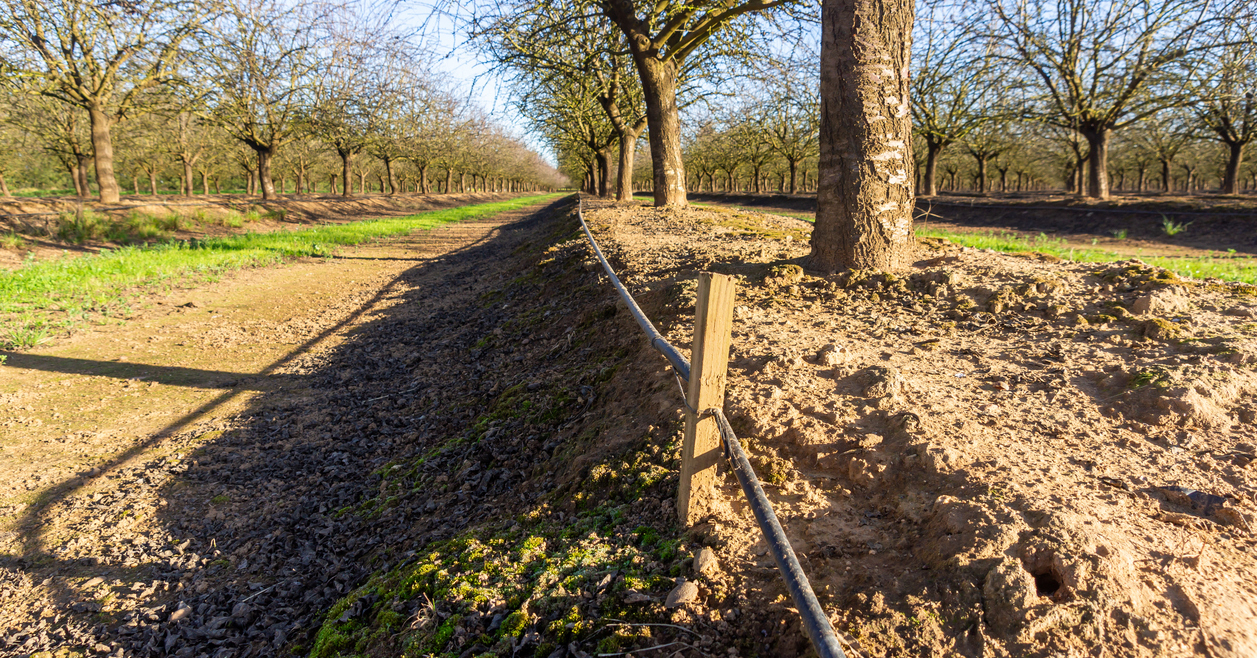When It’s Time to Leaf: Knowing When and When Not to Transplant
Whether you’re an avid gardener or just a beginner, there will likely come a time when you want to transplant a tree or shrub in your yard. Doing so fills many people with doubt, however, especially since most of us have experienced the unsuccessful transplant: a withered tree or shrub that was formerly thriving.
If you don’t care to repeat this disappointing experience, stick to these rules.
Go By Climate
If you live in a warm area that doesn’t see prolonged freezes, you can move trees at any time of year. The University of Florida recommends making sure you live USDA plant hardiness zones 8 and above for best results.
For the Northern Georgia Region, where cold weather and ground freezes do set in during the winter, stick to moving trees when they’re dormant. The University of Iowa Extension points out that ideal times differ for hardwoods and conifers. While deciduous trees do best if moved in early spring before they leaf out, conifers benefit from a late summer or early fall move.
Remember the Root Ball
Many people are confused about whether or not trees need to be moved with their root balls intact. Root balls are the mass formed by the roots of a plant and the soil surrounding them. According to Lowe’s, the answer is that for trees smaller than an inch in diameter, you don’t need to keep a ball of soil around the roots. Instead they can be moved with roots bare. For trees over an inch in diameter, however, you need to keep soil in place.
If you’re transplanting shrubs as well, note that you can move shrubs up to three feet tall without a root ball. After they pass that height, keep a root ball in place to maximize transplant success.
Give Premier Tree Solutions a Call
Premier Tree Solutions offers help with tree removal, trimming and pruning, stump grinding, storm cleanup and debris removal, branch clearing and Bobcat work. We are located in Atlanta, Georgia, and proud to help customers all over the area with their tree and shrub needs.
Contact Premier Tree Solutions for answers to any of your arboreal problems by clicking here.










